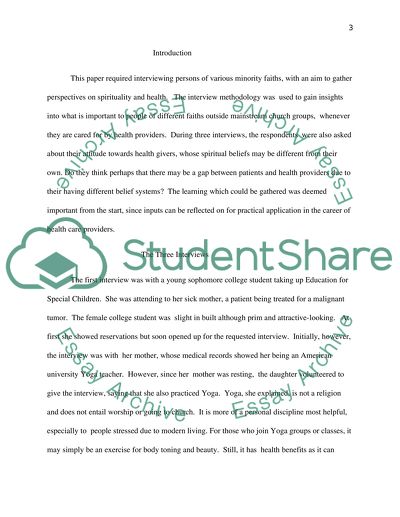Cite this document
(“Health Givers Understanding Faith Across Religions Essay”, n.d.)
Retrieved from https://studentshare.org/health-sciences-medicine/1427925-health-givers-understanding-faith-across-religions
Retrieved from https://studentshare.org/health-sciences-medicine/1427925-health-givers-understanding-faith-across-religions
(Health Givers Understanding Faith Across Religions Essay)
https://studentshare.org/health-sciences-medicine/1427925-health-givers-understanding-faith-across-religions.
https://studentshare.org/health-sciences-medicine/1427925-health-givers-understanding-faith-across-religions.
“Health Givers Understanding Faith Across Religions Essay”, n.d. https://studentshare.org/health-sciences-medicine/1427925-health-givers-understanding-faith-across-religions.


